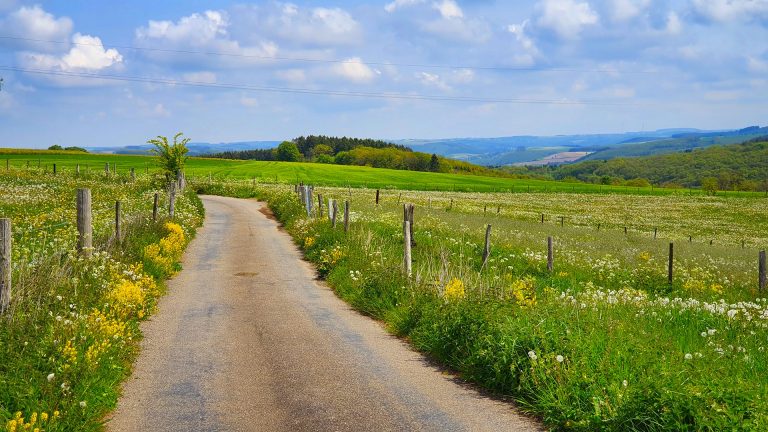Concordia research highlights how to reduce the ecological impact of rural roads

Rural road systems constitute the largest share of global road networks. Yet their higher-volume counterparts such as autoroutes are more often the subject of scientific study.
A decade ago, an international group of scientists preoccupied with road ecology set out to document the impacts of rural roadways on ecosystems and wildlife.
Their findings have just been published in the latest report from the Ecological Society of America.
“The Ecology of Rural Roads: Effects, Management and Research” draws on the research of
Jochen Jaeger, associate professor in Concordia’s Department of Geography, Planning and Environment, alongside researchers in the United States, Portugal, Germany and Angola.
Together, they determined this vast but less travelled road network can have an outsized impact on surrounding ecosystems, altering the local hydrology, affecting wildlife populations and shuttling invasive species into new areas. In the United States alone, more than 80 per cent of all roads are considered low-volume — often considered as those that carry fewer than 1,000 vehicles per day.
“Rural roads provide important transportation connections for rural populations. But, while apparently innocuous, they can lead to drastic changes in whole landscapes, including the plants and animals that live in them,” says Alisa W. Coffin, the lead author and a research ecologist at the US Department of Agriculture’s Agricultural Research Service Southeast Watershed Research Laboratory in Tifton, Georgia.
Maintaining and improving rural infrastructure is important not only for surrounding rural communities, but also for the broader public that depends on the goods and services that these communities produce. However, roads may also introduce heavy metals and road salt into waterways, alter flooding regimes and even change the rate at which nearby trees release water into the atmosphere. Meanwhile, animal deaths from vehicle collisions on rural roads can dramatically alter wildlife populations.
When transportation planners fail to account for these cumulative impacts, it compromises the clean water and healthy ecosystems that support the wildlife and people that live nearby.
‘The number of roads under construction worldwide is mind-boggling’
Jaeger’s research has focused on roadway design features that can significantly decrease roadkill, determining, for example, that a combination of designated fencing and wildlife passages can reduce the death rate of large mammals by 83 per cent.
He says his research on just how extensive rural road networks are around the world was eye opening and points to an urgent need to better protect the remaining roadless areas.
“The huge number of roads planned and under construction worldwide is mind-boggling,” Jaeger notes. “It is very scary what the consequences will be for biodiversity, which is already in decline. These new roads will very likely accelerate biodiversity loss on a global scale. And rural roads are an important part of the story.”
Road ecology is a relatively young discipline, and Jaeger, Coffin and their colleagues hope their paper can increase awareness of the importance of low-volume rural road networks. The report also describes best management practices and policy applications. Its authors identify important areas for future research and hope that transport agencies will collaborate more closely with scientists in planning more effective mitigation measures. Avoiding the fragmentation of roadless areas that are relevant for wildlife conservation and ecosystem services is a central priority.
“Transportation authorities are increasingly looking to the science of road ecology for solutions on how to improve our transportation systems while also mitigating for their negative ecological effects,” Coffin says. “The science shows that new roads bring additional negative effects and that mitigation improves ecological outcomes.”
Jaeger adds that the cumulative effects of roads are rarely studied and are not examined in environmental impact assessments. “Many important impacts at the landscape scale are routinely overlooked,” he notes. “For example, the road-effect zones for primates are completely unknown at this point, even as most primates today are endangered species.”
Read the cited report: “The Ecology of Rural Roads: Effects, Management and Research.”



